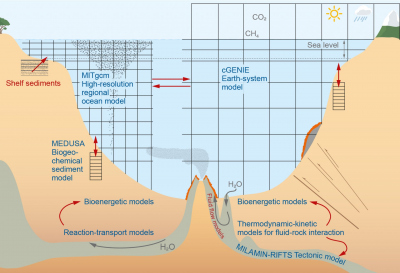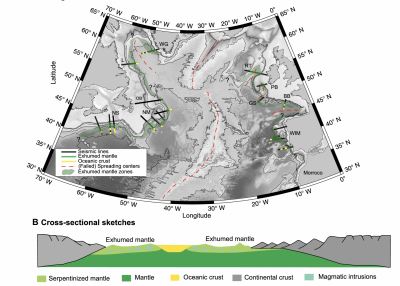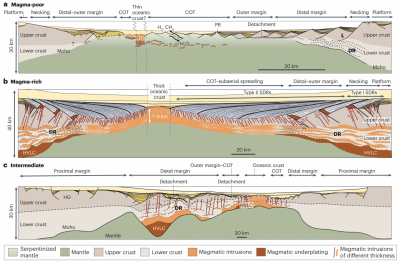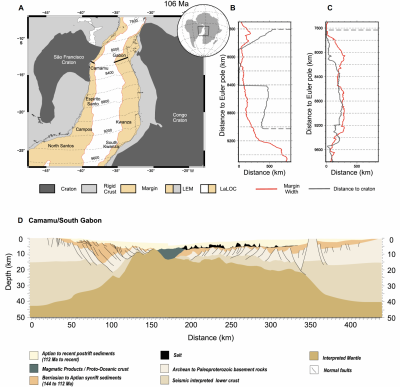- Cluster Ocean Floor
- Enabler MODELING
Enabler MODELING
The exploration of the impact of seafloor dynamics on the variability of seawater composition and global biogeochemical cycles, as well as the interactions between shelf-sea and open-ocean circulations and marine biogeochemical cycles and ecosystems, strongly benefits from an integrated modelling framework. The Enabler Ocean-Floor Modelling Framework (MODELING) will develop a modelling system that includes a dynamic ocean floor component and integrates the various observational data generated by the three research units.
The overall goal of the Enabler Ocean-Floor Modelling Framework is to estimate element fluxes and budgets, including their uncertainties, and to facilitate the understanding of feedbacks between marine ecosystems and the reactive seafloor, ocean circulation and marine biogeochemical cycles, according to the Cluster's overarching objectives.






